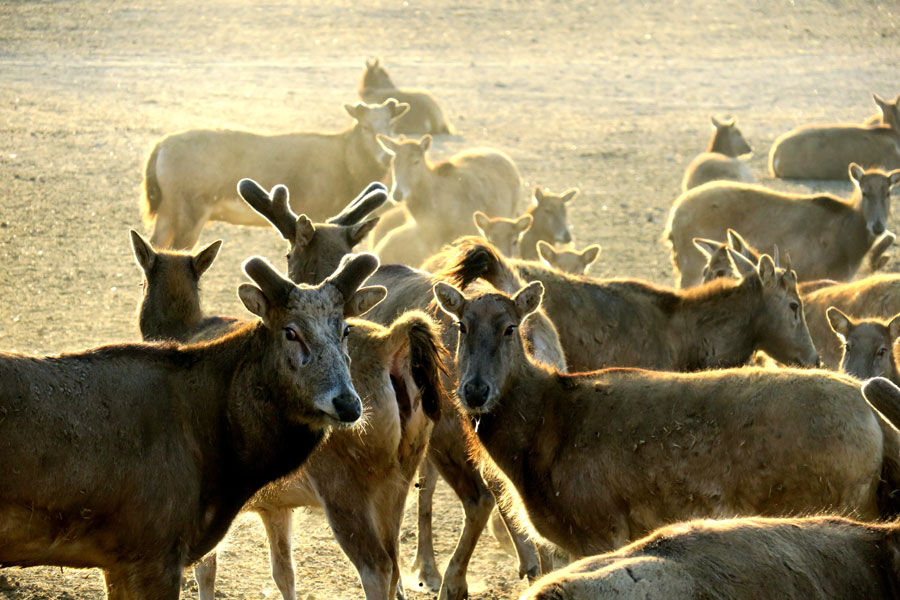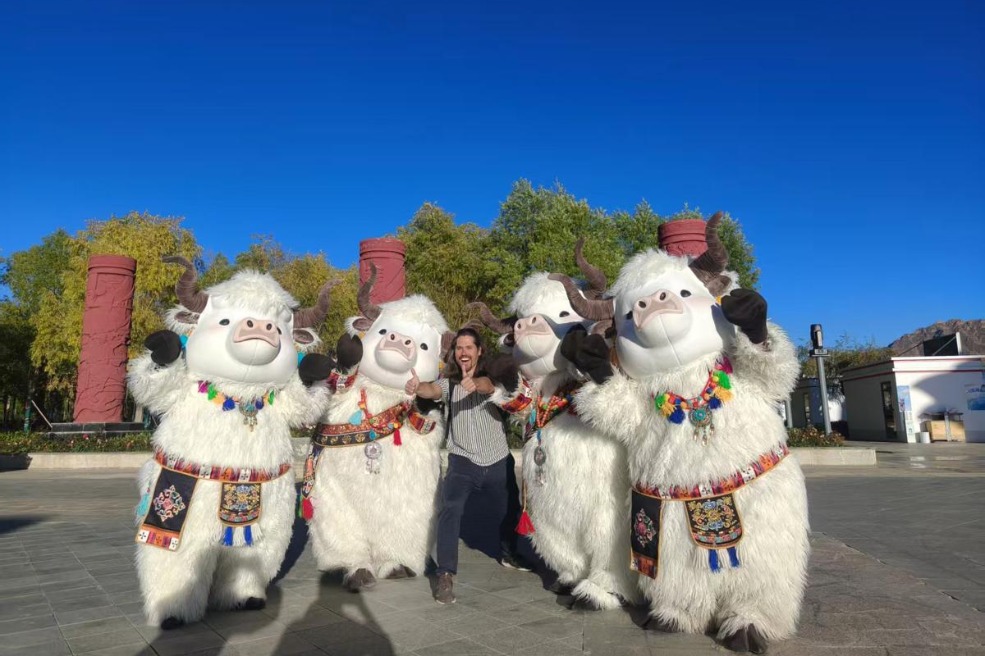Call of the wild


Surviving in foreign lands
In 1865, the French missionary and naturalist Father Armand David found the captive animals at the lodge and managed to take some specimens to Europe to exhibit. They were identified as a new species and named after David.
When a flood damaged the wall of the hunting lodge toward the end of the 19th century, 120 of the milu escaped, most were hunted down by famished locals, leaving less than 30 at the lodge.
After the Nanhaizi hunting lodge was looted during the Eight-power Allied Forces invasion of 1900, the deer were never seen again in China.
However, many of the milu that were shipped to Europe and kept in city zoos continued to thrive.
Those who imported the deer for their own amusement had little inkling that they would become something of a Noah's Ark for the species.
In 1898, England's 11th Duke of Bedford who was fond of deer, started rounding up the rest of the world's milu population - some 18 in total - and bred them at his property, Woburn Abbey.
The group became the ancestors of all the milu in the world today.
The number of milu in the abbey had reached 255 when World War II broke out.
Before the war, the owner of abbey was proud to have "the only milu herd in the world" and refused to give away individual animals.
However, the son of the 11th Duke of Bedford feared that this remaining group of deer would once again be destroyed by war, and finally decided to transfer them to major zoos, both in England and abroad.
























